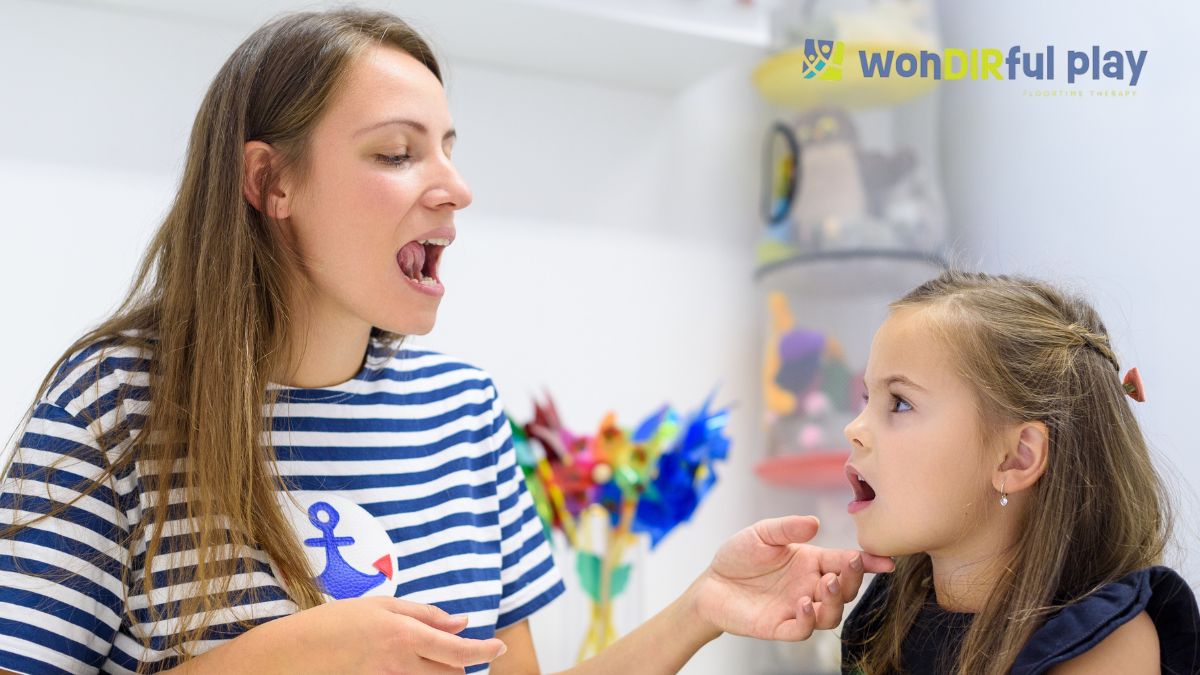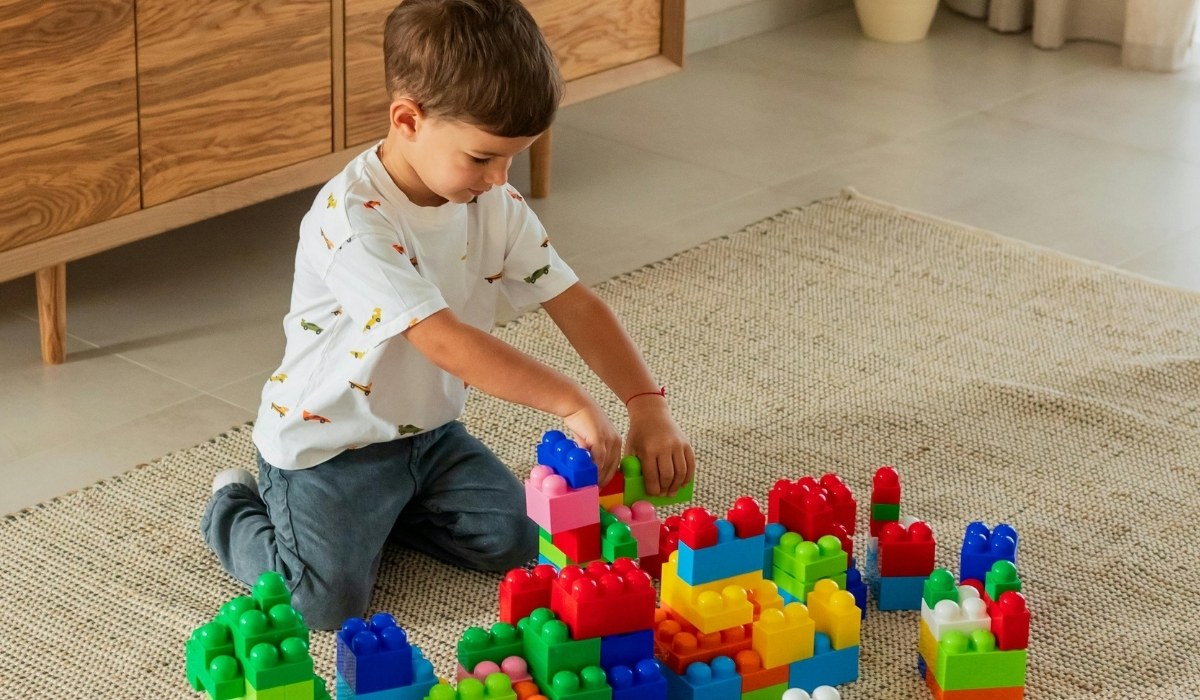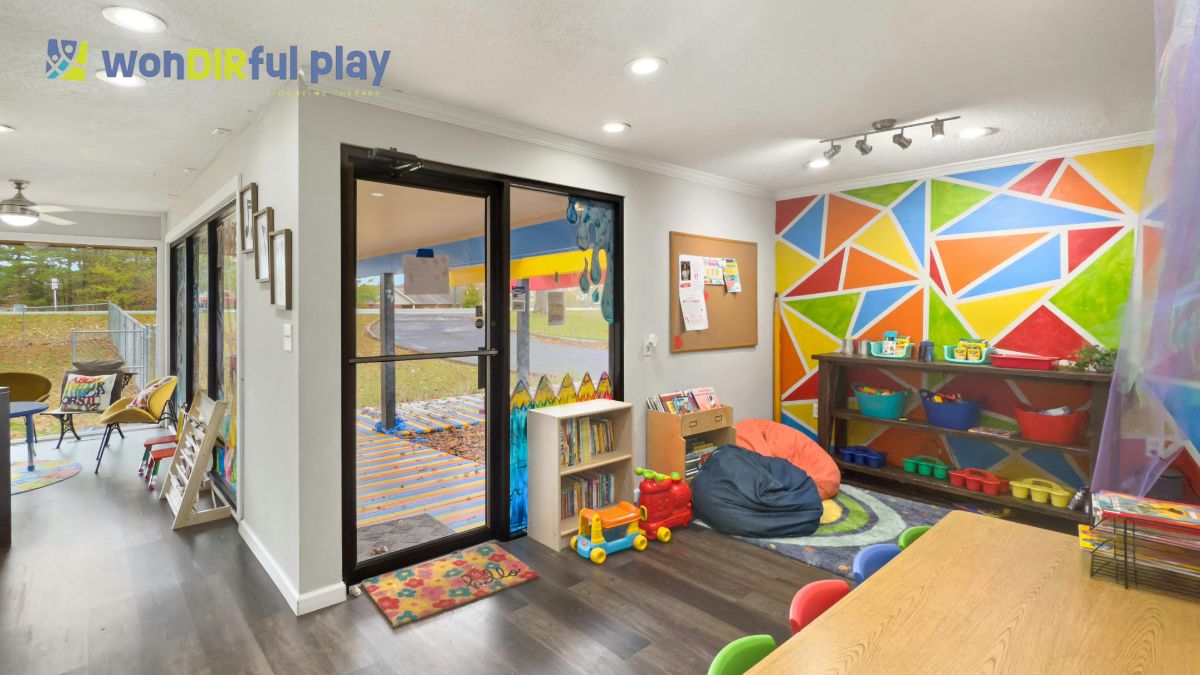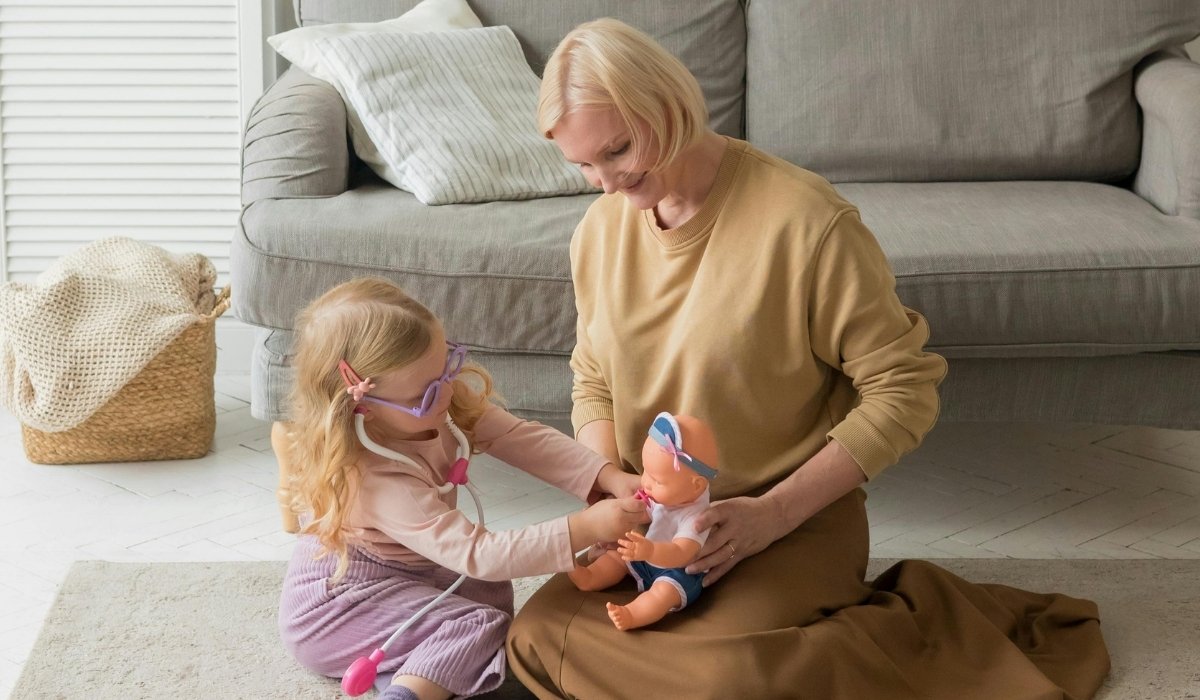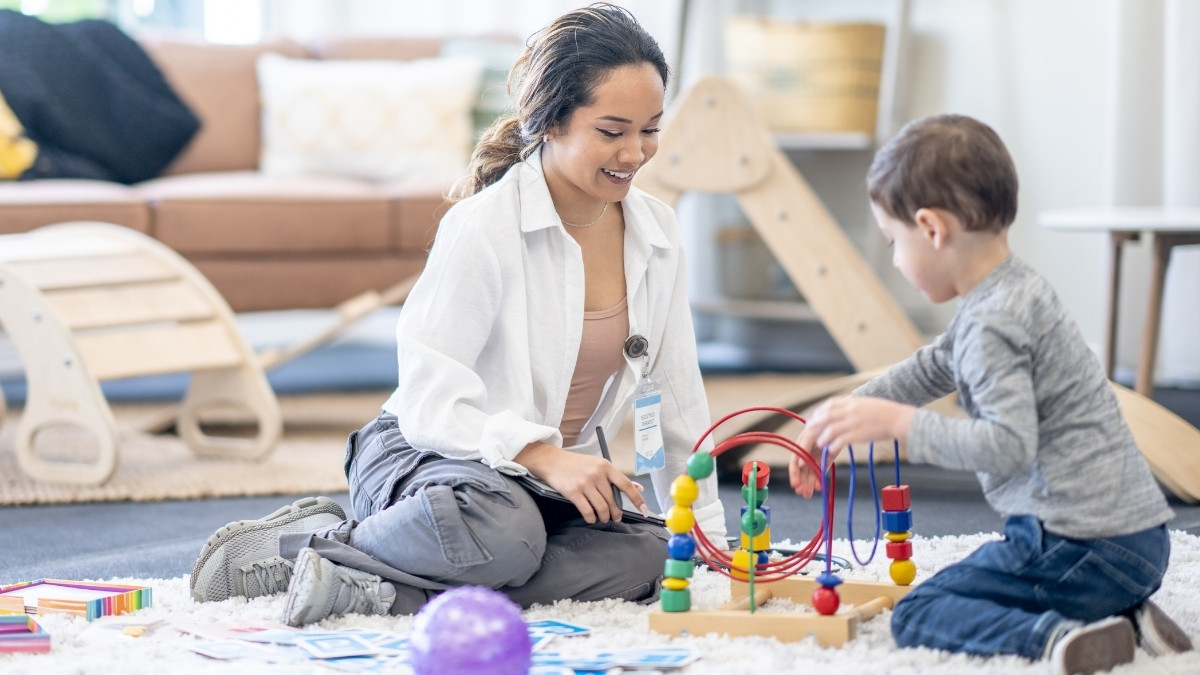DIR Floortime vs. ABA Therapy: Which Therapy Fits Your Child Best
July 25, 2025
DIR vs ABA explained clearly—compare both therapies to decide which fits your child’s developmental needs, learning style, and emotional regulation goals.

Key Points:
- DIR Floortime focuses on emotional connection and developmental milestones, while ABA Therapy emphasizes structured behavior modification.
- Choosing between DIR vs. ABA depends on your child's unique needs, personality, and goals—not all children respond equally to each model.
- Both therapies have proven benefits, but their methods, goals, and underlying philosophies differ greatly, making it important for parents to understand their scope before choosing.
When searching for the right therapy for a neurodivergent child, parents often come across the terms DIR Floortime and ABA Therapy. While both are evidence-based and widely used, they take fundamentally different approaches to supporting autistic children and those with developmental challenges. In this guide, we break down DIR vs. ABA in detail—looking at their core principles, goals, methods, and outcomes—to help parents determine which approach may be the best fit for their child’s individual needs.
Understanding the DIR Floortime Model
DIR Floortime is based on the work of Dr. Stanley Greenspan and Dr. Serena Wieder. It is a developmental framework that helps children build meaningful social and emotional connections. The model doesn't attempt to "normalize" behavior but instead builds on a child’s strengths and intrinsic motivation to help them engage, communicate, and think critically.
Key Components of DIR Floortime
DIR Floortime includes three core elements:
- Developmental – The focus is on supporting children through six developmental milestones, such as regulation, engagement, two-way communication, and emotional thinking.
- Individual Differences – Therapy is tailored to how each child processes sensory information, moves, and learns.
- Relationship-Based – The model uses deep, attuned relationships with caregivers and therapists to promote growth.
DIR therapists join the child in play or activity, tuning into their interests and slowly building interactional complexity—not by directing them, but by expanding on what the child is already doing.
This makes DIR especially effective for children who may resist structured demands or who thrive on autonomy and emotional connection.
Breaking Down ABA Therapy: Goals and Methods
ABA Therapy is a structured, data-driven approach that focuses on reducing problematic behaviors and increasing functional skills. Developed from the principles of behaviorism, it relies heavily on positive reinforcement, shaping, and repeated practice to teach new behaviors.
Key Strategies in ABA Therapy
While techniques can vary, most ABA programs use some of the following:
- Discrete Trial Training (DTT): Highly structured tasks broken into steps, each followed by a reward.
- Natural Environment Teaching (NET): More play-based but still focused on behavior goals.
- Task Analysis and Prompt Fading: Breaking down complex behaviors and gradually removing supports.
- Data Collection and Measurement: Every behavior and response is recorded and tracked for progress.
ABA is goal-oriented and typically targets specific behaviors such as communication, academic skills, social skills, and self-care routines. While it has a strong research base, many critics argue that its emphasis on compliance and external reinforcement can be overwhelming or stressful for some children.
Key Differences in DIR vs. ABA
To make an informed choice, it’s essential to understand how DIR vs. ABA diverge in purpose, interaction style, and long-term goals. These differences reflect philosophical divides in how therapists view autism and child development.
1. Child-Led vs. Therapist-Led
- DIR Floortime follows the child’s lead, allowing them to direct the flow of play and interaction.
- ABA Therapy typically involves therapist-led sessions with predefined goals and prompts.
2. Emotional Development vs. Behavioral Compliance
- DIR nurtures emotional regulation, shared attention, and symbolic thinking.
- ABA emphasizes observable behavior change and task completion.
3. Flexibility vs. Structure
- DIR sessions are dynamic, evolving based on the child’s responses.
- ABA tends to follow a structured curriculum with strict reinforcement protocols.
4. View of Autism
- DIR sees autism through a developmental lens—addressing core capacities and building relationships.
- ABA traditionally targets deficits in behavior, often with the goal of making children more "typical."
These contrasting views can make a big difference in the child’s experience and growth. That’s why the DIR vs. ABA conversation isn't about which one is “better,” but which one is a better fit for the child.
Considerations for Parents When Choosing Between DIR and ABA
There’s no one-size-fits-all therapy. The right choice depends on your child’s developmental profile, your family’s values, and the kind of support your child responds to best.
Before making a decision, reflect on the following:
1. Your Child’s Strengths and Challenges
- Is your child more responsive in emotionally rich, spontaneous settings?
- Do they benefit from routine and structured reinforcement?
Children with sensory sensitivities, anxiety, or high emotional needs may feel more regulated in a DIR Floortime setting. Those who thrive on structure and predictability may find ABA more beneficial.
2. Your Child’s Communication and Learning Style
- Does your child use gestures, sounds, or shared gaze to communicate?
- Do they engage in imaginative play or repetitive behaviors?
DIR helps develop reciprocal interaction, even in nonverbal children. ABA targets functional language and academic behaviors.
3. Your Family’s Goals and Values
- Do you want to focus on emotional growth, co-regulation, and deeper connection?
- Or are your goals more skill-focused—such as toilet training, routines, or reducing self-injury?
Parents who prioritize emotional resilience and connection may lean toward DIR. Families seeking task-based improvements may opt for ABA.

Research and Outcomes in DIR vs. ABA
While both therapies are supported by research, they vary in the types of outcomes studied.
ABA Research Highlights
ABA has been studied extensively over the past four decades. Research suggests it can:
- Improve language and communication skills.
- Reduce self-injurious or aggressive behaviors.
- Teach academic and daily living skills.
However, outcomes can vary depending on intensity (20–40 hours/week) and therapist qualifications.
DIR Floortime Research Highlights
DIR has a growing base of evidence, especially in recent years. Studies show it can:
- Increase emotional engagement and symbolic play.
- Improve social reciprocity and shared attention.
- Boost parent-child attachment and co-regulation.
While not as heavily funded as ABA research, DIR continues to gain ground, particularly among families and professionals who advocate for neurodiversity-affirming care.
Choosing What’s Right for Your Child
When it comes to DIR vs. ABA, neither path is universally right or wrong. Many families even use a hybrid approach, choosing the methods that resonate with their child’s needs and adapting over time.
That said, the core philosophies of these therapies are different. ABA is skills-based and behavioral, while DIR Floortime is developmental and relational. Your child’s comfort, emotional safety, and engagement should be your guide in determining the best fit.
Observe how your child responds to different types of interaction. Are they opening up through emotional connection and play? Or do they thrive with clear structure and task-based reinforcement? Your answer to that question will often point you in the right direction.
Give Your Child the Space to Grow with DIR Floortime
If you feel your child would benefit from a more emotionally attuned, relationship-based approach, DIR Floortime could be the perfect fit. At WonDIRfulPlay, we specialize in guiding children through the developmental steps that help them connect, relate, and thrive.
Our team tailors every session to your child’s unique strengths and sensory profile. We follow their lead, build trust, and support lasting developmental change—without forcing compliance or suppressing individuality.
DIR Floortime isn’t just therapy—it’s an invitation into your child’s world. Contact us to learn more about our DIR Floortime services in New Jersey and how we can support your family with evidence-based, heart-centered care.
Recent articles





-ink.jpeg)
-ink.jpeg)
-ink.jpeg)
-ink.jpeg)
-ink.jpeg)
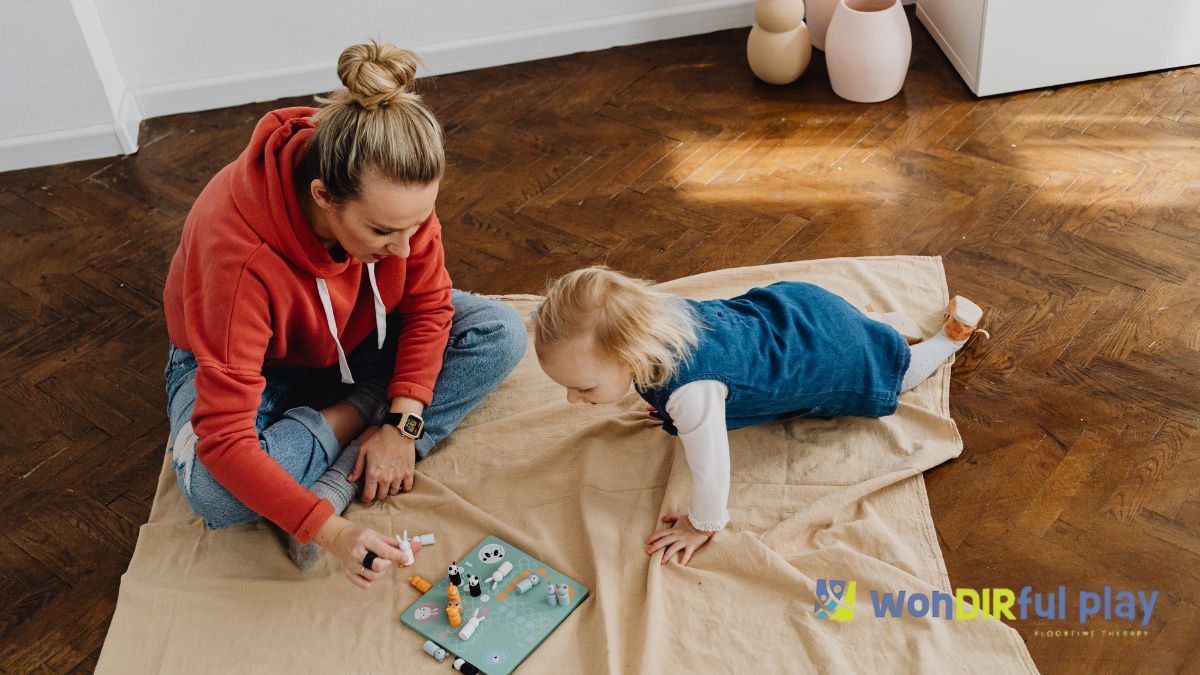
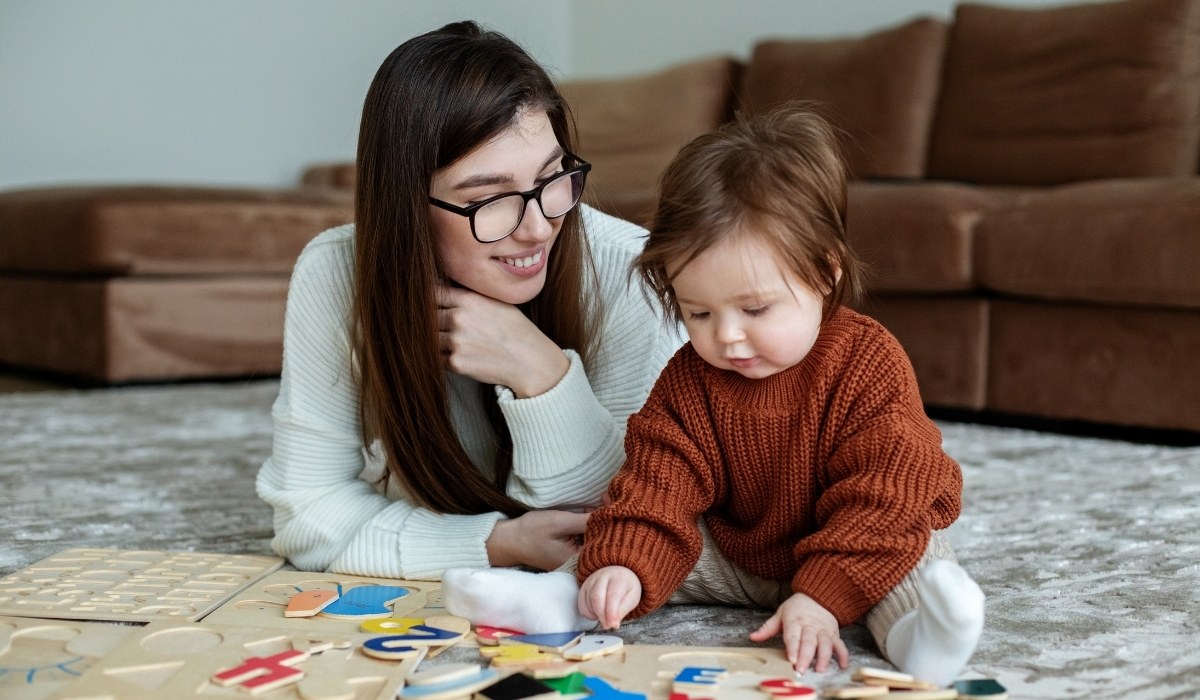
-ink.jpg)
-ink.jpeg)

-ink.jpeg)
-ink.jpeg)
-ink.jpeg)

